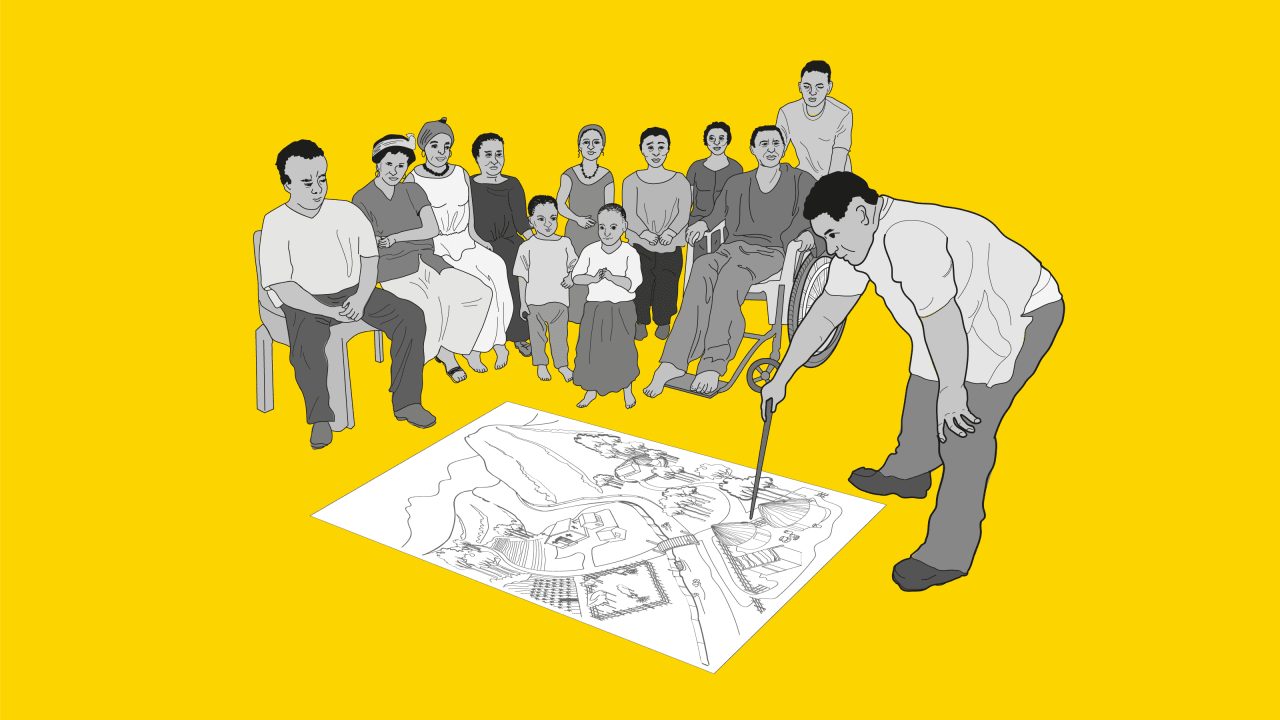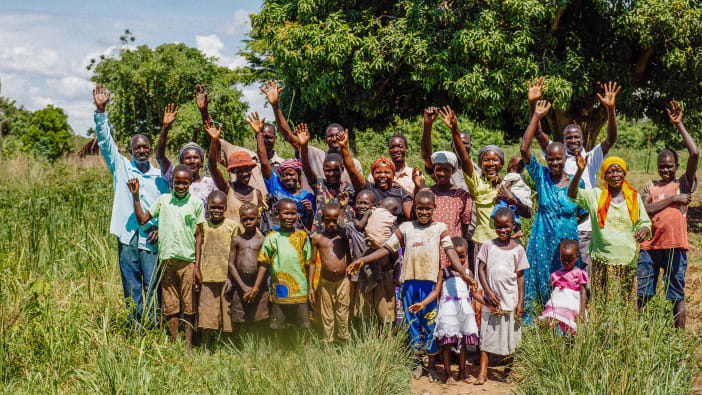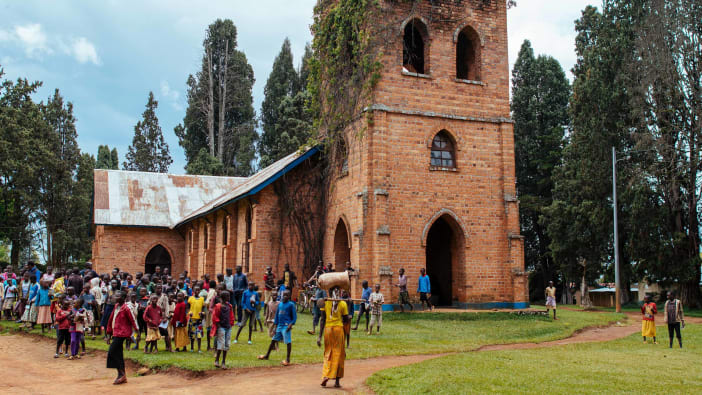The objective of church and community mobilisation is to empower people to transform their situation using their own God-given resources in a sustainable and holistic way.
Across Africa, Tearfund is seeing new hope and significant change among poor, marginalised and vulnerable communities, through a new kind of development that begins with the local church. This new way of working grew out of the Participatory Evaluation Process (PEP) and is known as CCMP – the church and community mobilisation process. It is one approach within a wider strategy of church and community transformation promoted and supported by Tearfund.
CCMP enables people to describe their reality and transform it themselves by designing their own strategies to address their own issues. The process is led by specially trained facilitators who encourage participation from everyone
The five stages of CCMP
- Church awakening
- Church and community description
- Information-gathering
- Information-analysis
- Decision
It is important that facilitators walk the church and community through all of these five stages in turn because they are meant to cascade the church and community in a logical way from the point of ‘awakening’ to the point where they take action to transform their situation. The use of group Bible study in the ‘awakening’ stage is foundational because it gives churches vision for the whole process.










